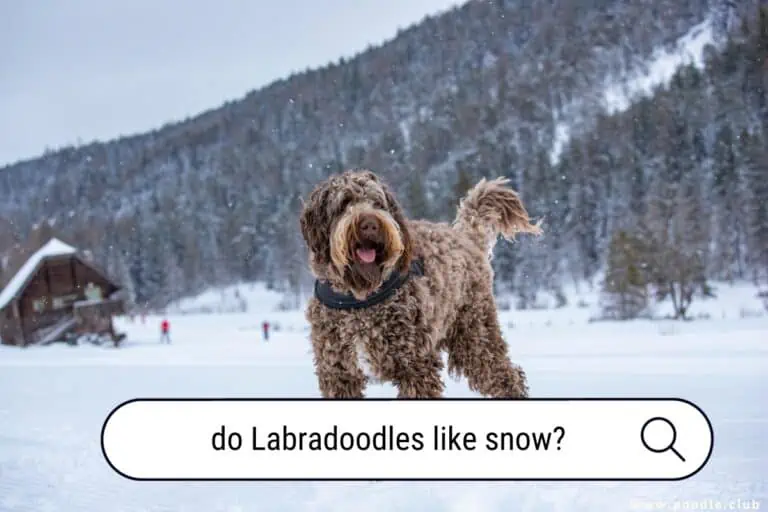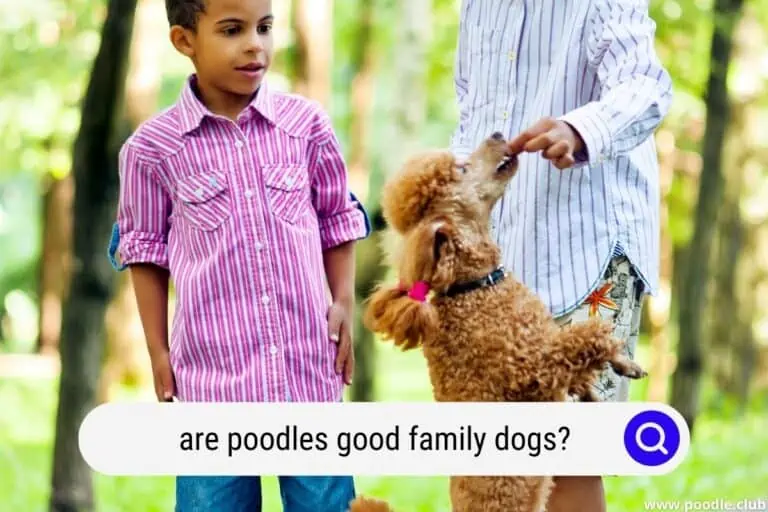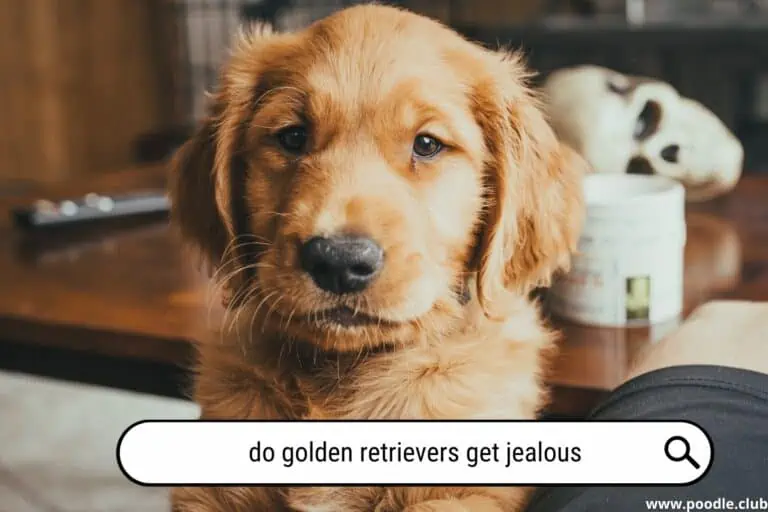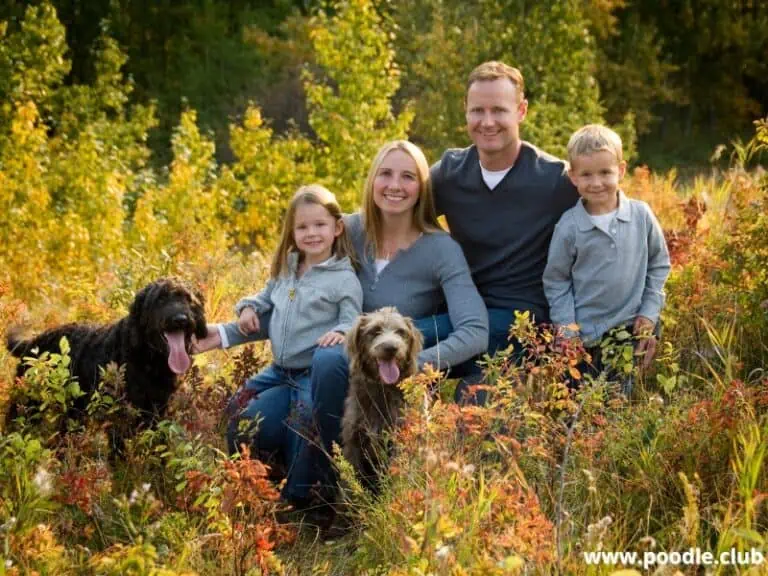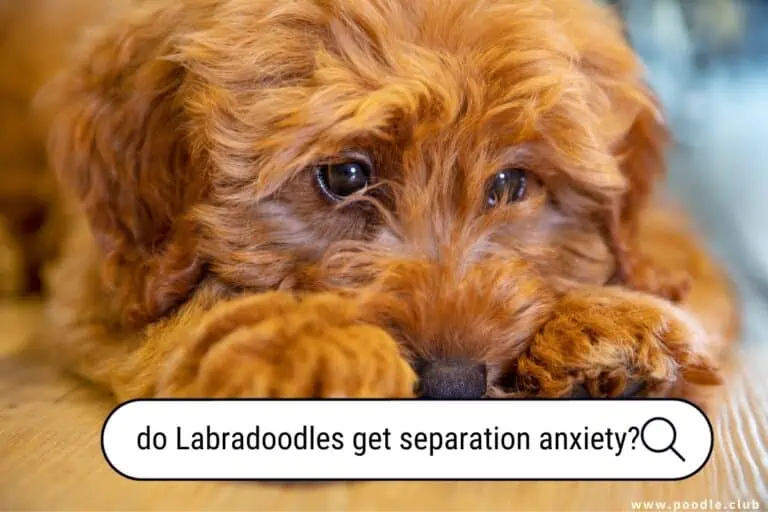Why Does My Dog Blow Air Out of His Nose When Excited
Ever wondered why your furry friend suddenly turns into a mini air blower, puffing air out of their nose when they’re excited? It’s not just a random quirk; it’s a fascinating blend of physiology and emotion. Let’s dive into the adorable science behind this unique canine behavior!

Understanding Dog’s Nasal Behavior
Dogs are known for their keen sense of smell, which is an essential part of their communication and understanding of the world around them. Blowing air out of the nose when excited can be a normal behavior for some dogs or may be due to various reasons that require attention.
One common reason for a dog blowing air out of its nose is a reverse sneeze. This is an involuntary reaction caused by irritation or inflammation in the nasal passages. The dog quickly inhales air through its nose to try to alleviate the discomfort, making it look like they’re blowing air out.
Another possible cause of this behavior is nasal secretions. Just like humans, dogs can have mucus buildup inside their nasal passages, and blowing air out is their way of trying to clear it. Environmental factors, such as exposure to allergens like pollen, dust, or strong smells, can also cause a dog to blow air out of its nose.
In some cases, a foreign object may be stuck inside a dog’s nose, triggering this behavior as the dog attempts to dislodge it. Additionally, the presence of a mass in a dog’s nose, such as a polyp or tumor, can cause them to blow air out when excited.
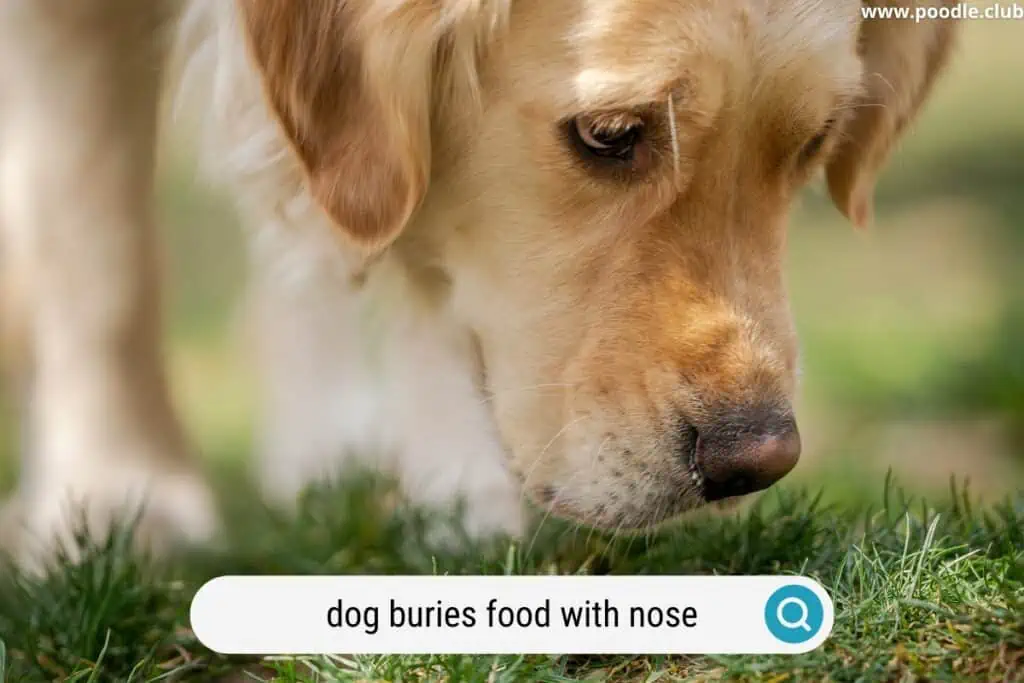
Labored breathing in dogs can also result in blowing air out of the nose. Underlying causes for labored breathing include allergies, infections, or other respiratory issues that may need veterinary attention.
Sometimes, dogs blow air out of their nose as a way to gather scent. By doing so, they can better analyze their environment and detect interesting smells. This might be more prevalent when a dog is excited about a particular scent.
PuppySpot is a reputable dog marketplace where you can browse and find compatible puppies right from the comfort of your home. They have placed over 200,000 puppies into homes in the US!
Lastly, dogs might blow air out of their nose as a form of sighing. Just like humans, dogs can sigh to show contentment or relaxation, and sometimes this can happen when they are excited.
In summary, understanding a dog’s nasal behavior is essential to identify any underlying issues or normal reactions. Keeping an eye on potential triggers and consulting a veterinarian when necessary is crucial to ensure your dog’s health and well-being.
How Excitement Triggers Nose Blowing in Dogs
When dogs get excited, their bodies go through various physiological changes that can lead to behaviors like blowing air out of their noses. During excitement, a dog’s breathing and heart rate increase, which can cause them to take in and expel air more quickly. This rapid airflow may result in a dog blowing air out of its nose.
Another reason why excitement might trigger nose blowing in dogs is related to the act of sniffing. When dogs are excited or eager to explore their environment, they often sniff more intensely.
Sniffing involves inhaling air through the nose and exhaling through the side slits of their nostrils. This process allows them to gather scents and information about their surroundings. In an excited state, a dog may blow air out of its nose more forcefully as it sniffs and processes stimuli.
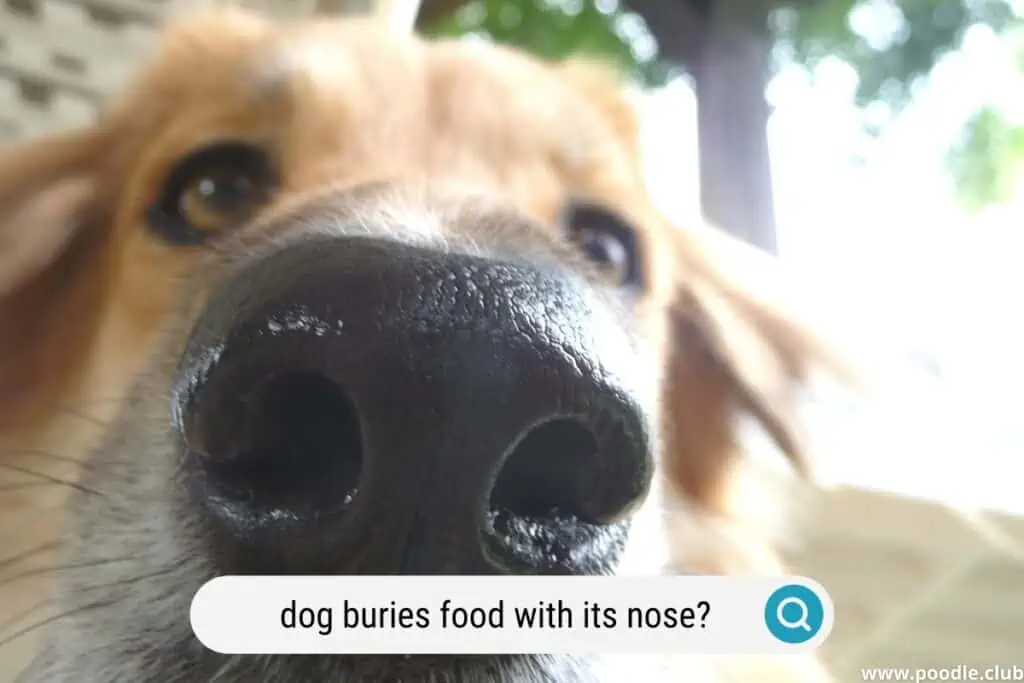
Moreover, excitement may lead to involuntary actions like a reverse sneeze. This phenomenon occurs when a dog experiences a burst of rapid, forceful inhalation through its nose, which sounds like a snort or gagging noise. While this may appear alarming, reverse sneezing is not usually a cause for concern and often occurs during times of excitement or environmental changes.
In summary, a dog blowing air out of its nose when excited can be attributed to increased breathing rates, heightened sniffing activity, and involuntary actions like reverse sneezing. While these behaviors are not typically dangerous, it is essential to monitor your pet to ensure its excitement does not lead to more severe health issues.
Health Factors That Contribute to Blowing Air
Dogs may blow air out of their noses for a variety of reasons, some of which may be related to health issues. One common reason is upper respiratory infections, which can be caused by bacteria, viruses, or fungi. These infections can result in nasal congestion, sneezing, and difficulty breathing, causing your dog to blow air out of its nose when excited or trying to clear its nasal passages.
Allergies are another health factor that may contribute to your dog blowing air out of its nose. Environmental allergens like pollen, grass, and dust mites can trigger an allergic response in dogs. Exposure to irritants such as potent cleaning agents, cigarette smoke, or strong perfumes can also cause inflammation in your dog’s airways, prompting it to sneeze or blow air out of its nose when excited.
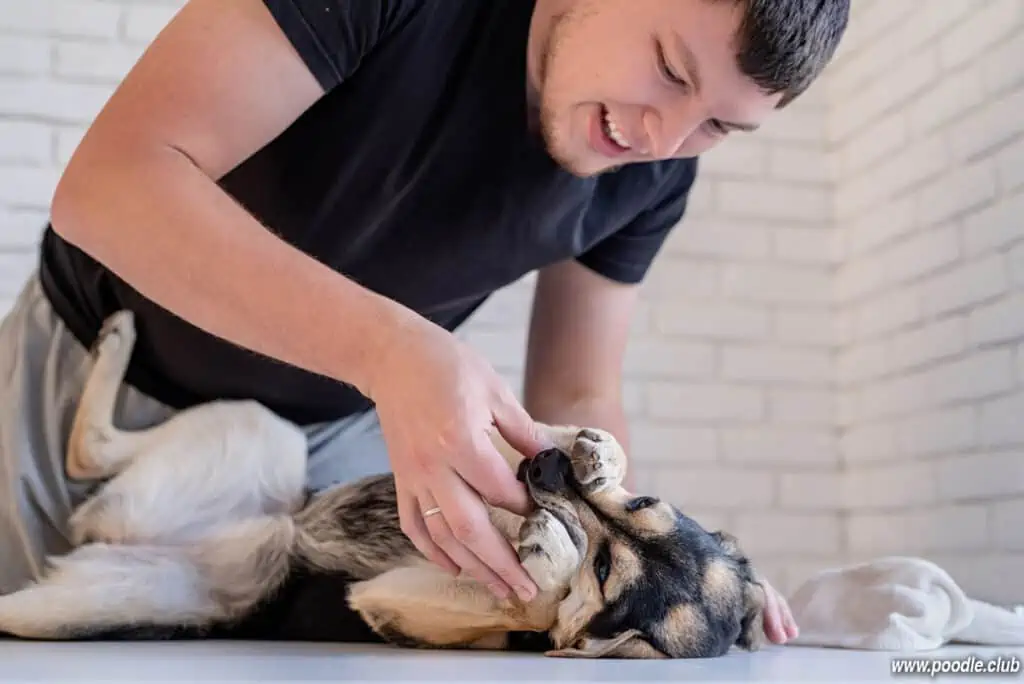
In some cases, teeth problems can lead to a dog blowing air out of its nose. Since the mouth and nose are closely connected, issues affecting the mouth structure can have an impact on your dog’s nasal passages. Dental issues may cause your dog to feel discomfort or pain, leading to the blowing of air out of the nose as a response.
Lastly, labored breathing in dogs can result in them blowing air out of their noses. Various health conditions, such as obesity, heart disease, or lung problems, can cause labored breathing. When your dog is excited, it may be even more challenging for it to breathe properly, which may result in them blowing air out of their noses to compensate for the difficulty in breathing.
It is essential to monitor your dog’s behavior and consult your veterinarian if you notice any signs of distress, persistent sneezing, or other symptoms that may indicate underlying health issues.
Excitement Signals in Dogs
Body Language
When a dog is excited, it exhibits specific body language signs that can be easily recognized by humans. Dogs may wag their tails energetically, often accompanied by a play bow, where they lower their front body while keeping their hindquarters raised. Their ears may perk up, and their eyes may widen, giving them an alert expression. They may also be inclined to jump up and down or engage in other playful behaviors.
One less known body language sign of excitement in dogs is blowing air out of their nose. This behavior often occurs when they are sniffing or exploring new environments, detecting a new scent, or interacting with other dogs and people. This strong release of air helps the dog gather more scent molecules and enhance its sensory perception.
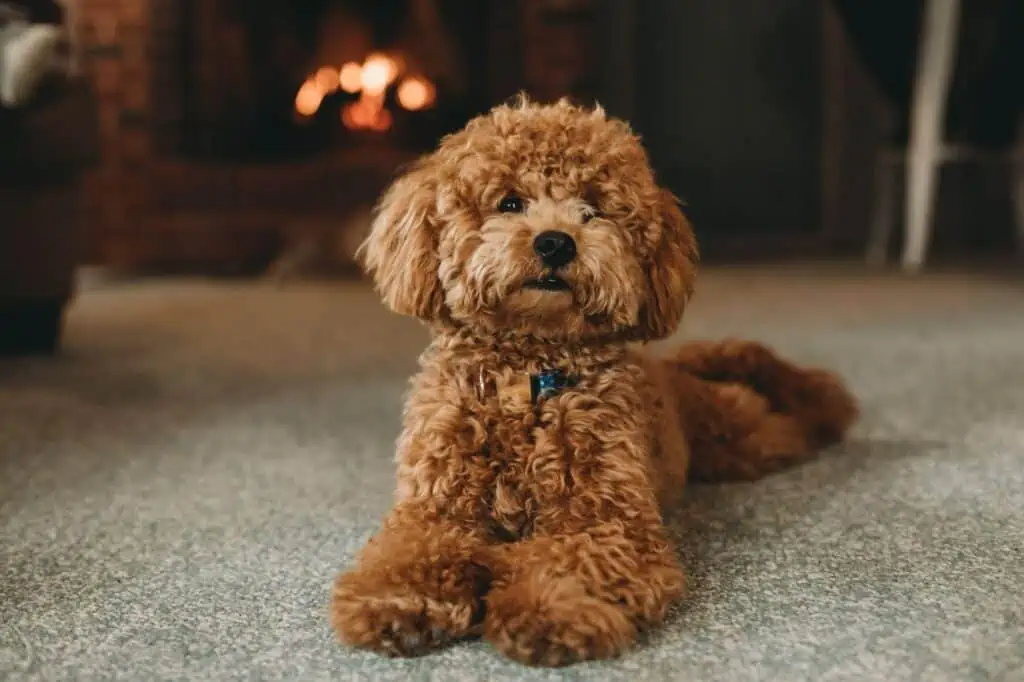
Vocalization
Dogs use a range of vocalizations to communicate their emotions and intentions, including barking, whining, growling, and howling. Excited dogs may emit high-pitched barks or whines to signal playtime or display their enthusiasm. Some dogs also produce a snorting or huffing sound when blowing air out of their nose, adding to the range of vocalizations they use to communicate excitement.
These vocalizations, combined with the body language signs, offer a clear insight into the emotional state of dogs when excited. By understanding these signals, dog owners can better respond to their pets’ needs and foster a strong bond with their canine companions.
Scientific Explanation of Nose Blowing
Dogs blowing air out of their noses can be attributed to several factors. In some cases, this behavior can be perfectly normal, while in others it might indicate an underlying medical issue.
One common cause of dogs blowing air out of their noses is a reverse sneeze. This happens when the dog inhales forcefully through its nose, often making a snorting or gagging sound. Reverse sneezing is usually harmless, and dogs quickly resume their normal activities afterward.
Another reason for dogs blowing air out of their noses is to clear nasal secretions. Dogs have naturally wet noses, which help them catch scents in the environment. However, excess nasal discharge, such as from allergies, colds, or upper respiratory infections, may prompt a dog to forcefully expel air through its nose to clear the buildup.
In some cases, dogs may blow air out of their noses due to a foreign object trapped inside. Objects like grass, seeds, or other debris can become lodged in a dog’s nasal passage, causing discomfort and labored breathing.

Moreover, the presence of a mass or an issue with a dog’s oral health might lead to them blowing air out of their noses. The mouth and nose are interconnected, meaning that problems with the mouth’s structure can impact the respiratory system.
Finally, blowing air out of the nose can also be a way for dogs to gather scent. Forceful exhalation helps clear scents from the nose and makes way for new scents to be collected, improving their olfactory abilities.
In summary, dogs blowing air out of their noses can be attributed to a variety of factors, ranging from natural behaviors such as reverse sneezing to medical conditions like upper respiratory infections and more. Owners should always monitor their pets for signs of distress and consult a veterinarian if they notice unusual behaviors or symptoms.
Steps to Manage Your Dog’s Excitement
When your dog gets excited and blows air out of their nose, it could be due to one of several reasons, such as a reverse sneeze, nasal secretions, or an attempt to gather scent. Managing your dog’s over-excitement is crucial to maintain a calm and controlled environment.
First, it is essential not to encourage or reward your dog’s excitement. When your dog approaches you in an excited state, refrain from giving them affection or attention, as this reinforces the behavior. Instead, wait until your dog is calm and submissive before offering praise or attention.
To create a calm environment, use consistent routines and boundaries. Establishing a schedule for walks, playtime, and feeding will help your dog feel secure and less prone to excitement. Additionally, setting boundaries for when and where playtime occurs will discourage overexcitement outside these designated times and spaces.
Introducing calming activities, such as puzzle toys or slow-feeding food dispensers, can help to promote a relaxed state of mind in your dog. These activities require focused attention, diverting your dog from their excitement and encouraging a more settled disposition.
Exercise is critical when managing your dog’s excitement. Regular walks, playtime, and activities that engage both their mind and body, like agility or nosework, will help release built-up energy and decrease the likelihood of overexcitement.
Lastly, consider implementing training methods that promote calm behavior. Teach your dog the “sit” and “stay” commands to help them focus on following instructions rather than getting excited. Additionally, utilizing a technique such as “no touch, no talk, no eye contact” when your dog is overly excited can help curb their enthusiasm and redirect their energy to a more appropriate state.
By combining these strategies and understanding the factors that contribute to your dog’s excitement, you can successfully manage and prevent overexcitement, ensuring a more peaceful and enjoyable environment for both you and your pet.
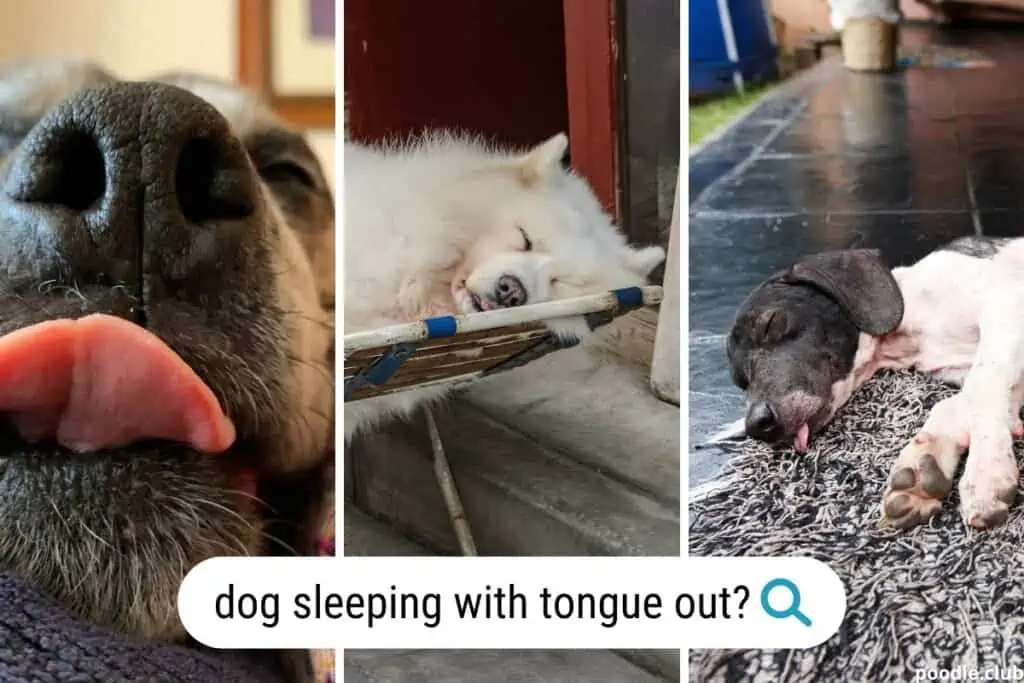
Training Techniques for Dogs With High Excitement Levels
When training dogs with high excitement levels, it is essential to incorporate specific techniques and strategies into your routine. This section will discuss several effective training methods that can help manage a dog’s excitement, especially when they tend to blow air out of their nose during highly stimulating situations.
1. Set a calm environment: Start by creating a serene training atmosphere. Minimize distractions, loud noises, or other pets to help your dog focus. Consistency is crucial; maintaining a constant routine will help your dog understand what is expected of them.
2. Use positive reinforcement: Reward your dog with praise, treats, or toys when they display calm behavior. Reinforcing proper actions is an excellent way to encourage good habits and decrease overexcitement. Avoid punishing your dog, as this might increase anxiety and stress levels.
3. Teach impulse control: Implement exercises that require your dog to wait patiently, such as “sit” and “stay.” Gradually increase the waiting duration to help build your dog’s tolerance and self-control.
4. Channel energy into appropriate activities: Direct your dog’s excitement towards suitable outlets, like playing fetch, going for runs, or engaging in agility training. Ensuring that your dog receives adequate physical and mental stimulation can alleviate pent-up energy and maintain a more balanced state.
5. Practice desensitization and counter-conditioning: Gradually expose your dog to stimuli that trigger excitement, such as new people or animals. Pair these experiences with positive reinforcement to help your dog establish a more relaxed response.
6. Consider professional help: If you are struggling to manage your dog’s excitement despite your efforts, consulting a certified dog trainer or behaviorist can provide customized guidance and support.
Incorporating these training techniques into your routine can help manage your dog’s excitement and reduce instances of blowing air out of their nose when overly stimulated. Consistency, patience, and understanding are critical when working with a dog displaying high excitement levels.
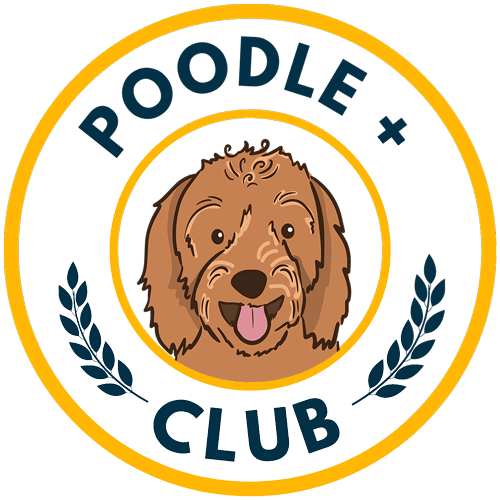

![How Smart Are Toy Poodles [Facts]](https://poodle.club/wp-content/uploads/2023/05/gorgeous-smart-toy-poodle-768x512.webp)
